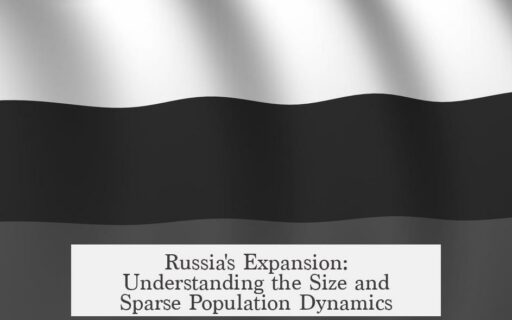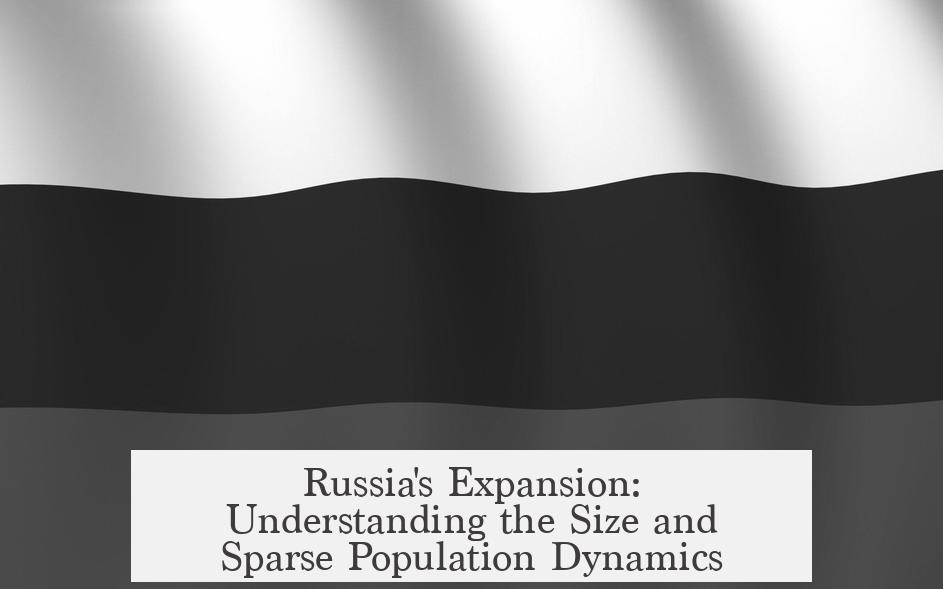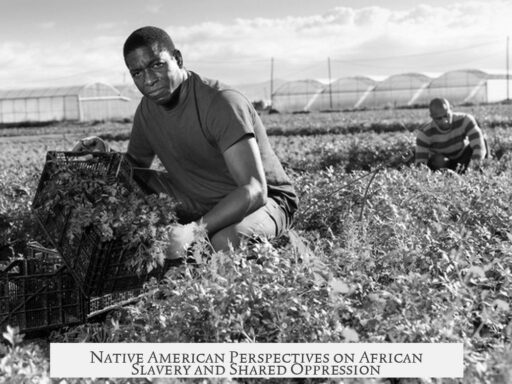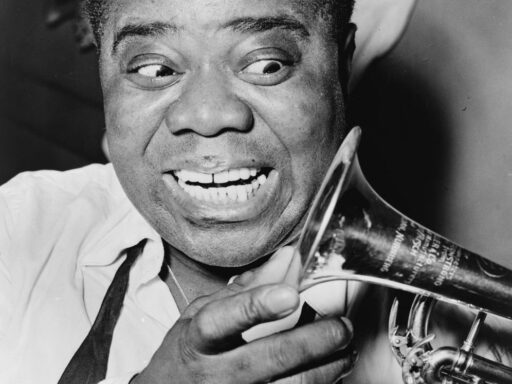Russia became so large in size despite not having a similarly large population primarily because of its historical expansion driven by strategic motives, geographical opportunities, and low competition for vast lands. The country’s growth involved two expansion types: pushing borders westward against established states, and moving eastward across Siberia where few competitors existed.
The key motives behind Russian expansion were to secure access to open waters and to consolidate its borders far from the core territory. Russia needed ports that remained ice-free for more access to trade routes. Additionally, Russia’s flat geography made defending its core regions difficult, encouraging territorial buffers on all sides.
During its early history, Russia struggled to expand westwards due to strong neighbors like Poland and Sweden. Instead, initial expansion focused eastward once Muscovy ended Mongol rule in the late 15th century. It conquered the Khanates of Kazan and Astrakhan by mid-16th century, extending Russia’s reach to the Ural Mountains, the traditional boundary between Europe and Asia.
Russia’s western gains included access to the Baltic Sea after defeating Sweden, resulting in Saint Petersburg’s foundation in 1703. Poland was divided among Russia, Prussia, and Austria by the late 18th century. Russia also annexed the Caucasus region in the 19th century from the Ottomans and Persia. On the far east, Russia capitalized on China’s weakness to annex lands up to the Amur River, founding the Pacific port city of Vladivostok.
From the Urals eastwards, the expansion followed a frontier model similar to America’s early frontier. This vast stretch, mostly Siberia, was sparsely populated and harsh. The expansion was driven initially by the fur trade. Russian explorers traded with native Siberian tribes, established outposts, collected taxes, and integrated these lands administratively. Ermak’s defeat of the Siberian Khanate in the late 16th century exemplifies this process.
The harsh Siberian climate limited settlement and population growth. Most of Siberia consists of cold tundra, dense forests, and large permafrost layers that freeze soil permanently. These conditions complicate agriculture, infrastructure, and urban growth. Much of the land is also swampy, with freeze-thaw cycles damaging structures.
Serfdom in Russia, which lasted until 1861, restricted rural mobility, discouraging migration eastward. The state did not prioritize settling Siberia initially, only encouraging population movements after building the Trans-Siberian Railway. Even then, population growth remained centered near railway lines and southern Siberian cities like Novosibirsk. About 75% of Russia’s population lives in just 25% of its territory, mainly in the European part.
Russia’s huge size is partly because the vast eastern lands were available and unclaimed by other powers. Unlike the United States, Russia lacked a large internal population to push densely settled frontiers westward and eastward simultaneously. Instead, it absorbed enormous territories with relatively low population densities. This explains the discrepancy between Russia’s landmass and population size.
During the Soviet era, Russia controlled about three-quarters of the USSR’s territory but only half its population. The USSR held roughly 291 million people around 1990, with only 148 million living within the Russian Federation’s current borders. Siberia alone covers about 5.1 million square miles, larger than Canada (about 3.8 million square miles) or Alaska (600,000 square miles), but it remains lightly populated.
| Factor | Impact on Size vs Population |
|---|---|
| Strategic Motives | Expansion aimed to secure borders and open waters, not population growth. |
| Weak Eastern Neighbors | Limited competition for vast Siberian lands enabled large territorial acquisitions. |
| Harsh Geography & Climate | Severe conditions limit settlement and population density despite large landmass. |
| Serfdom & Migration | Restricted population movement delayed settlement of new territories. |
| Population Concentration | Majority live in European Russia, leaving vast Siberian lands sparsely inhabited. |
Russia’s expansion was shaped by practical geopolitical goals rather than population-driven colonization. The state claimed and administered enormous lands following trade, military conquest, and diplomatic shifts. The size reflects opportunity, boundary defense, and frontier resource exploitation rather than dense population settlement.
- Russia expanded primarily for strategic defense and open water access.
- Initial expansion focused eastward after ending Mongol domination.
- Eastern lands were incorporated through trade, military conquest, and administrative control.
- Siberia’s harsh climate limits population and infrastructure development.
- Serfdom and limited migration delayed settlement far east.
- Most Russians live in the European part; Siberia remains sparsely populated.
- Large territory with a relatively small population reflects historical and geographic factors.
How Did Russia Become So Large in Size Despite Not Having a Similarly Large Population?
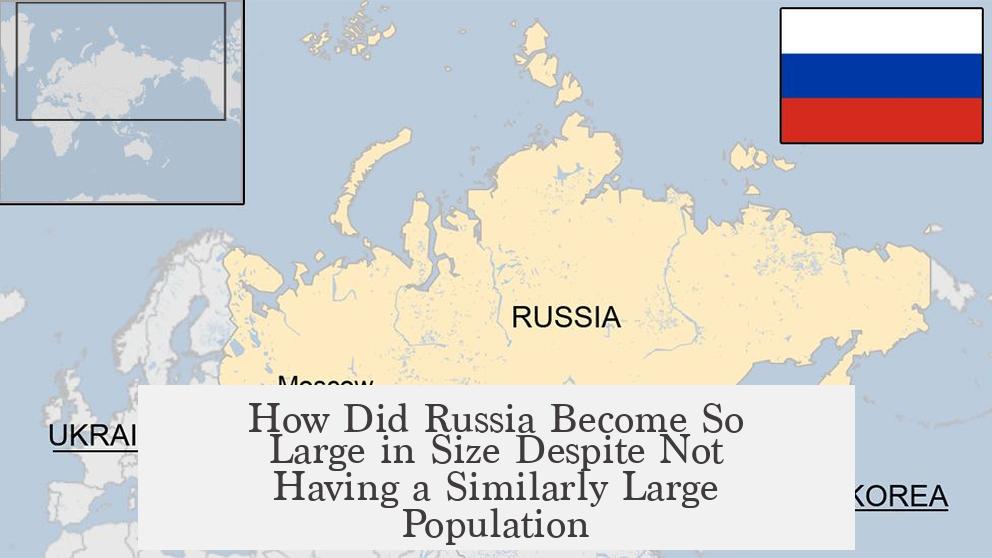
Simply put, Russia grew so big because it could. But that’s a teeny bit too curt for such a vast and complex story. Let’s dive deeper and explore how this colossal country sprawled across continents, yet never sparked a population boom to match its territory.
Imagine a place so big it spans 11 time zones, from icy polar wastes to temperate forests. Yet, within this giant vastness, relatively few people choose to settle compared to its size. The answer lies in motives for expansion, methods used, and the environment itself—all tangled with a dose of history and economics.
Motives and Methods Behind Russia’s Massive Expansion
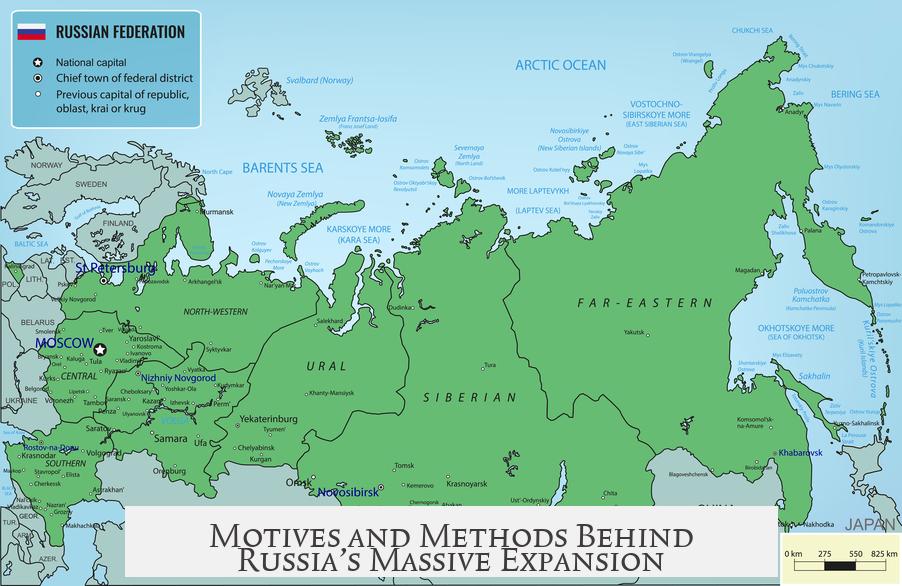
Russia’s growth wasn’t random. It had sharp reasons and savvy tactics.
First motive: Access to warm, open waters. Russia wants ports that don’t freeze over half the year. Think about it—a port frozen in ice is like owning a sports car… that never gets driven. From this obsession came battles and treaties aimed at securing Baltic and Pacific ports.
Second motive: Security. Russia’s vast flatlands offer no natural barriers. These big open spaces are vulnerable to invasions. So Russia kept pushing its borders outward, creating a deep buffer zone to protect its core.
When we look at expansion types, two stand out:
- Conquering neighboring states: Russia’s military campaigns against the Khanates of Kazan and Astrakhan in the 1500s pushed them to the Ural Mountains, often seen as the “gate” to Siberia.
- Settlement and trade beyond borders: Like early American frontiersmen, Russian explorers and traders went eastward, into vast unclaimed lands, engaging with tribes through trade and taxation before administratively integrating those territories.
Political realities limited expansion on some fronts. To the west, powerful kingdoms like Poland and Sweden blocked further progress for a while. But Russia lured its way into the Baltic after defeating Sweden, crowned by the foundation of Saint Petersburg in 1703.
Also, Russia snatched slices of old Poland with Prussia and Austria dividing it up, and wrestled control of the Caucasus from the Ottoman and Persian empires. Far in the East, Russia capitalized on China’s internal struggles to grab lands along the Amur River and create Vladivostok, a vital Pacific port.
The Siberian Frontier: Expanding Into the Wild East
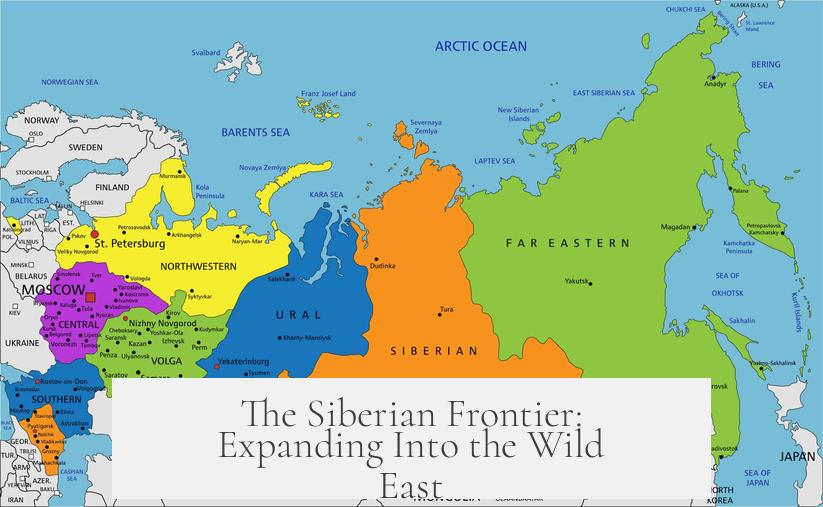
Once Russia crossed the Urals, a new kind of expansion took over—the Siberian push. Unlike conquests in Europe, this was about exploration, trade, and gradual administrative reach.
Russian traders made friends with Siberian tribes, mainly exchanging goods for furs. This trade spurred the creation of outposts. Eventually, they collected taxes and integrated these regions into the Russian state.
A famous figure here is Ermak Timofeyevich, who defeated the Khanate of Sibir in the late 1500s, paving the way for Siberia to open up.
What fueled this? The booming fur trade—much like European settlers expanding across North America for pelts. This economic pull was crucial to Russia’s eastward movement.
Why Is Russia So Sparsely Populated Relative to Its Size?
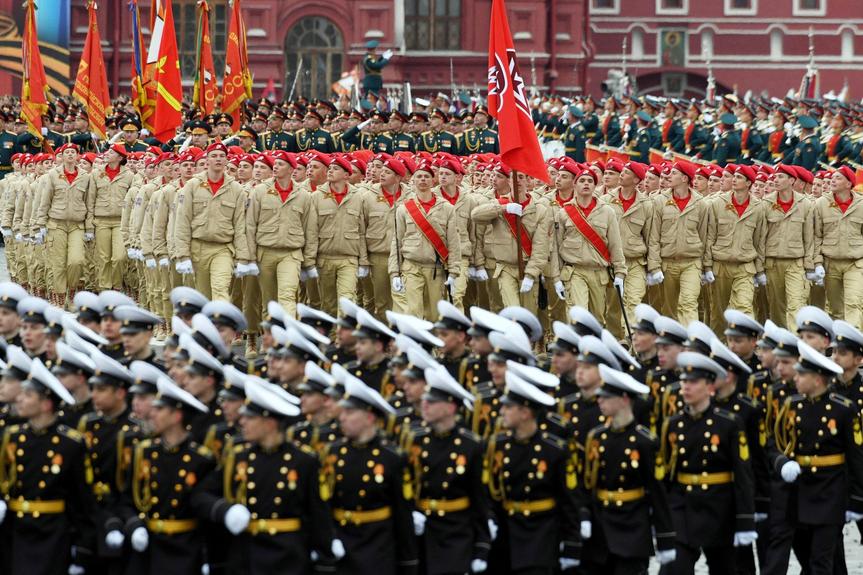
Here’s where geography throws a wrench into numbers. Siberia’s climate is brutal. Most of it is frozen tundra or dense forest. Sure, some areas are fertile, but the land is often trapped in permafrost. Digging into the soil means hitting a frozen layer that never thaws, making farming and building infrastructure extremely challenging.
And it’s not just the cold—vast swampy stretches don’t help either. Constructing permanent homes or railways in these conditions? A logistical nightmare.
Interestingly, the Russian government historically didn’t prioritize populating Siberia. Only after the Trans-Siberian Railway was built did movement eastward gain momentum.
Even then, most migrants followed the railway, setting up towns along the way. But after railway construction finished, many small towns declined. Migration was also limited by serfdom, which tied peasants to their land until 1861, blocking free movement to Siberia.
What About Population Patterns Compared to Other Countries?
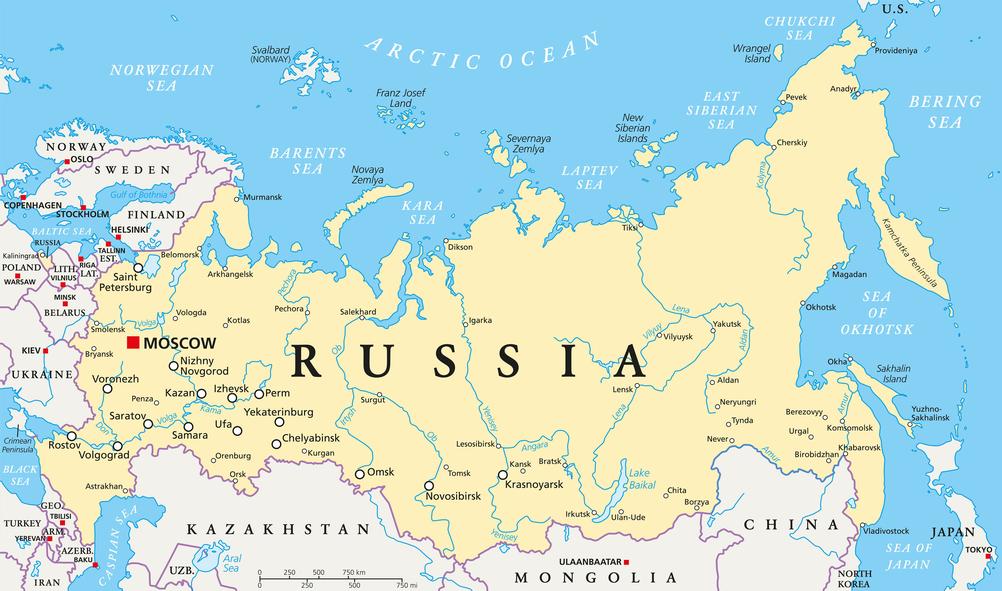
Look at America’s expansion—fertile lands pulled settlers westward and population boomed. Russia lacked that kind of draw. While Siberia is huge, it wasn’t a magnet for large-scale settlement. Nobody else wanted it either, so Russia claimed it by default.
Today, 75% of Russia’s population lives in the European part, concentrated in just 25% of its territory. In Siberia, cities like Novosibirsk, built along the railroad, are exceptions—a bustling third-largest city in Russia yet tiny compared to the area it covers.
The Soviet Legacy: Territory vs Population
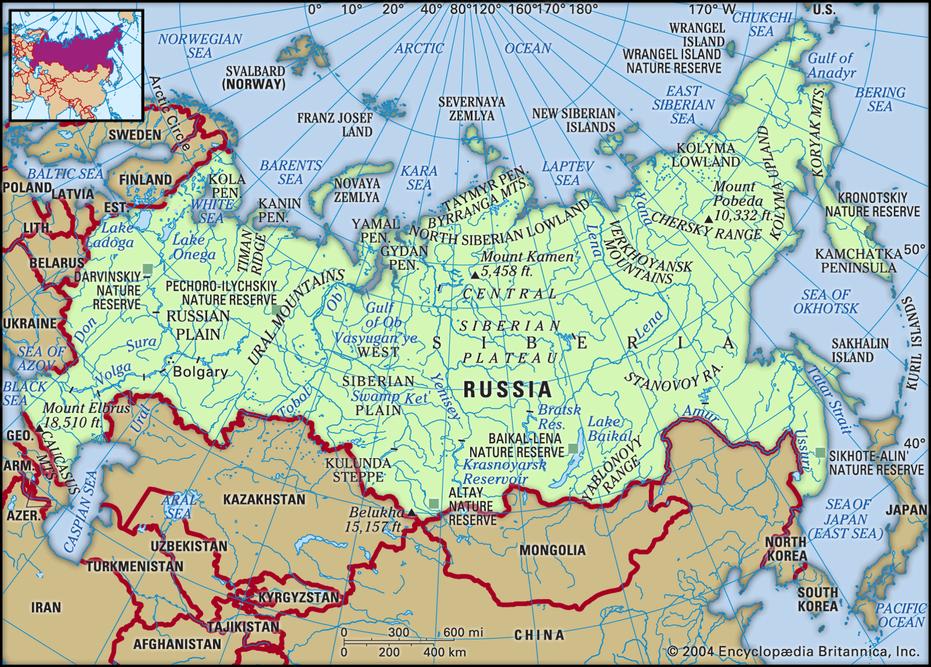
The Russian Federation that exists today covers about three-quarters of the Soviet Union’s territory but holds only about half its population. Back in 1990, the USSR was third in the world by population with about 291 million people, but just 148 million resided in the future Russian Federation borders.
Siberia alone covers roughly 5.1 million square miles—vast compared to 3.8 million in all of Canada or 600,000 in Alaska. Yet, its population density remains low.
What Can We Take Away from This?
Russia’s enormous size was a strategic choice. Securing warm ports and solid borders drove expansion. Military campaigns and diplomatic maneuvers helped claim lands in Europe. Eastward expansion was more organic—trade, exploration, and slow integration rather than outright conquest.
The population lagged because tough climates, harsh landscapes, and socio-political constraints (like serfdom) discouraged mass resettlement. Russia’s vast lands, especially in Siberia, remained largely frontier territories—immense in size, sparsely populated, and hard to inhabit.
In short, Russia’s story is one of opportunity meeting geography. It grabbed lands that others ignored. It was driven by strategic needs, economic opportunities, and sheer will. The population did not catch up because nature and policy set the limits.
What other curious thoughts does this spark for you?
- How does this compare with other large countries like Canada or the USA?
- What role will climate change play in the future habitability of Siberia?
- Could improved technology reshape settlement patterns in harsh regions?
Russia’s size and sparse population will remain a fascinating lesson in history, geography, and human decisions combined into a sprawling tapestry.
